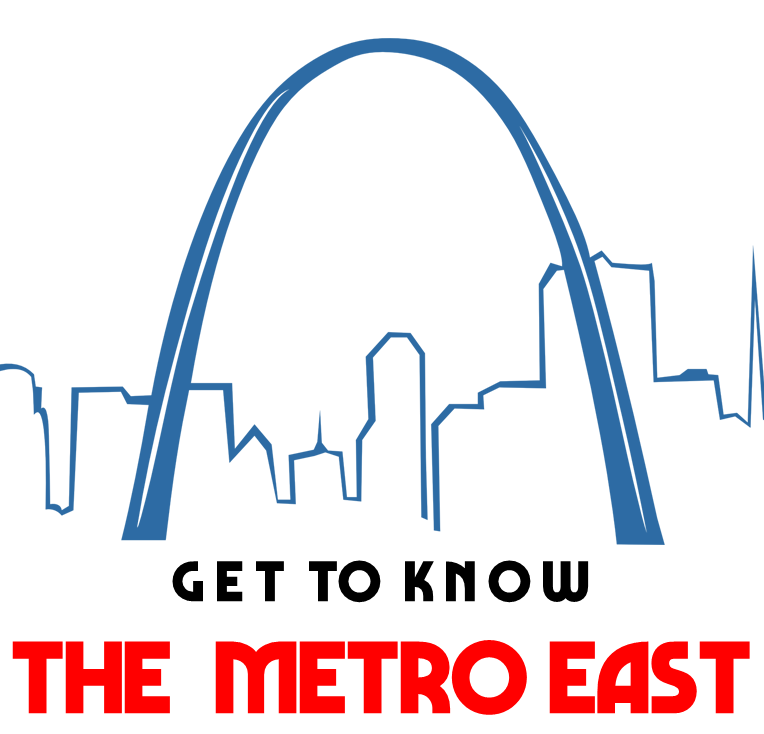The Casino Queen
When The Casino Queen riverboat arrived it had been a particularly bad time for in East St Louis. Raw sewage spilt out into the streets and piles of rubbish lay outside vacant along with burned-out buildings.
The arrival of The Casino Queen changed much of that. While many regions have turned to casinos to reinvigorate their slow economies, it’s true to say that no other city has become so quickly reliant on casino revenue than East St Louis. After only five years of operation, the Casino Queen became the second largest employer in East St. Louis bringing 1,200 jobs to the city.
As casino gambling has spread across the country, it is yet to be seen what the real economic benefits on communities really are.
The advantageous effects of casino gambling on the economy are clearly evident. Take Gulfport in Mississippi for example where 62 per cent of the 18,000 jobs created since 1990 have been at casinos and in Joliet, Illinois where two riverboat casinos pay some of the highest property tax in the city. East St. Louis continues to be one of the poorest cities within the US and boarded-up buildings still line many streets. Although half the casino’s jobs are taken up by city residents, unemployment remains above 10 per cent.
The direct impact of the casino has started to reverse its long decline, however. Repairs have been made to broken sewers are streets have been saved with the derelict building also demolished.
Changes made to public funds have meant the police force has doubled with officers receiving full medical coverage. Firefighters also received $1 million in new equipment.
Casino and police officials note that no serious crimes have occurred in or near the casino since the influx of visitors to the casino. This has created a knock-on effect with many other businesses looking to develop in East St. Louis.
35% Of the 600 city residents who were hired when the Casino Queen opened came off welfare. Based on the mortgage applications completed for workers, casino officials estimated that casino jobs created around 200 homeowners on its opening. Due to existing poor housing stock and poor schooling in East St. Louis, many of the casino employees have moved away to other suburbs.
Apart from the casino revenue, $7 million that the casino paid as part of the deal to buy its 95-acre riverfront property was used to finance the development of new houses. Sixty new homes were initially been built, and 200 more mixed-income houses soon followed.
